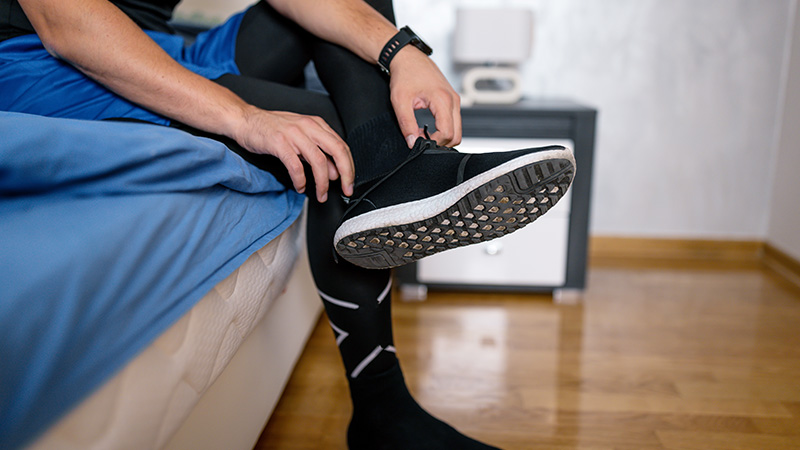An Eye on Lyme Disease
What You Need to Know for Time Outside
Lyme disease affects people of all ages in all parts of United States. But it’s most common in children and older adults with a particularly high incidence in the Midwest. Moreover, Lyme disease is frequently misdiagnosed and a delay in diagnosis can result in more serious side effects.
All of which underscores the importance of recognizing Lyme disease and taking preventive measures when you’re outdoors this summer.
What Is Lyme Disease?
Lyme disease is a bacterial infection that shows as a multisystem inflammatory disease. In early stages, Lyme disease is marked by fever, headache, swollen lymph nodes and skin rash as well as fatigue. However, if untreated, later stages of Lyme disease can affect the nervous system and joints causing arthritis, facial or Bell’s palsy, heart palpitations and nerve pain. People with Lyme disease are often misdiagnosed with chronic fatigue syndrome, fibromyalgia, multiple sclerosis and certain emotional health conditions like depression.
However, with the correct diagnosis, Lyme disease is easily treated with a two to four week course of antibiotics. While most people recover quickly and completely, a small percentage experience what’s called Chronic Lyme Disease or Post Treatment Lyme Disease Syndrome. People with chronic Lyme disease may feel fatigue, pain or joint aches for an additional six months, but will ultimately make a full recovery.
How Can You Prevent Lyme Disease?
Lyme disease is transmitted by deer ticks, and exposure to ticks is a key indicator for diagnosis. As such, preventing tick bites is the most effective form of prevention. Insect repellent is recommended.
When outdoors or camping, try to avoid particularly wooded or brushy areas with high grass and walk in the center of forest trails. Make sure you’re checking for ticks and whenever possible, bathe or shower within two hours of coming indoors.
If you do find a tick, take care in removing it. Use tweezers and grasp the tick as close to the skin as possible to avoid breaking off the mouth. Once removed, clean the bite area with rubbing alcohol or soap and water.
But spending time in the great outdoors is not the only way you can get a tick bite – it can happen in your own backyard, too. Regular upkeep – mowing, raking leaves, stacking wood neatly – can go a long way in preventing your backyard from becoming a tick habitat. Keep playground equipment and toys in sunny, dry locations and you may want to line lawns and patios with wood chips or gravel to minimize tick migration as well.
Finally, if you have pets, they deserve your attention for both their own health and yours. Dogs are particularly at risk for ticks and bites can be hard to detect. Check your pets frequently and talk to your veterinarian about tick prevention and repellent.





